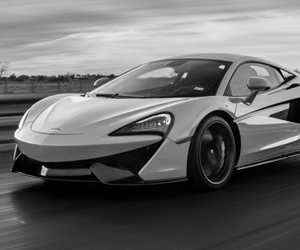11 Best Looking Crap Cars
Marcos 1800 - the plywood chassis
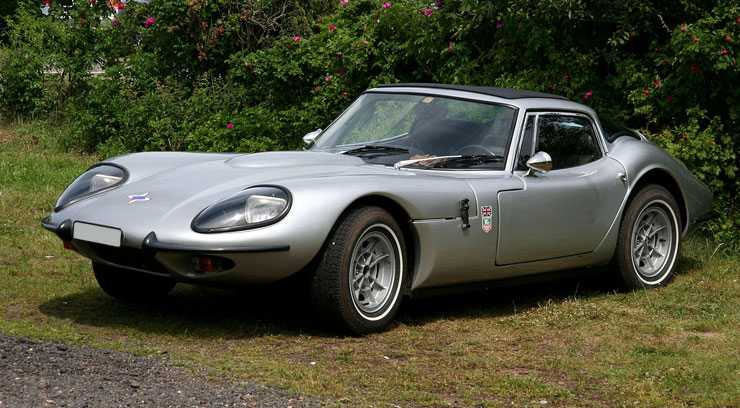
Chrysler TC by Maserati - not very Italian
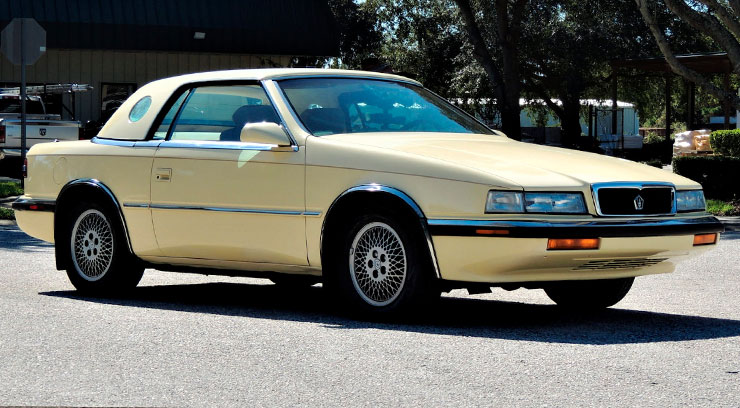
DeLorean DMC-12
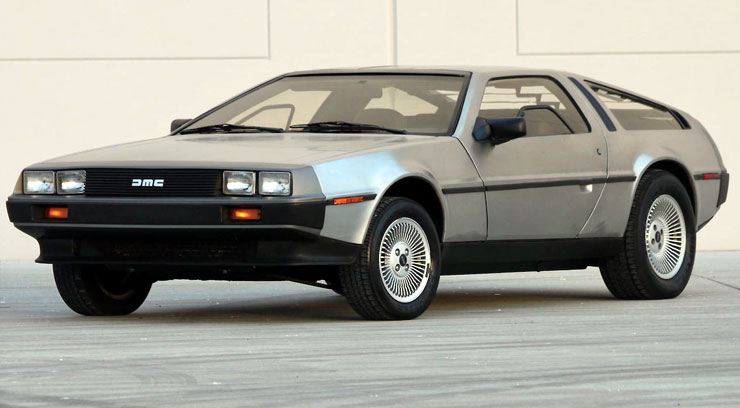
Ford Capri
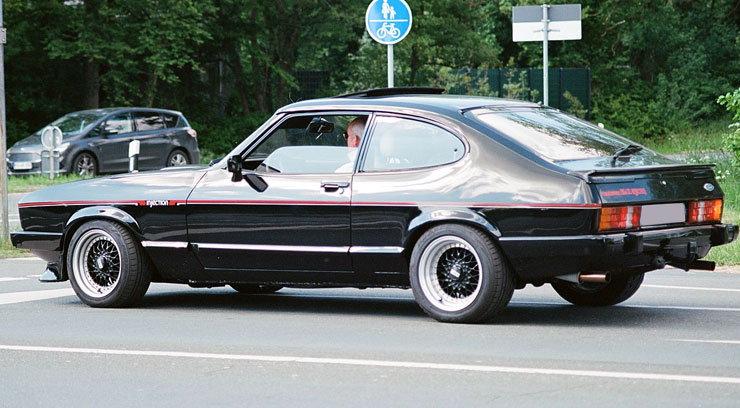
Jaguar XJS
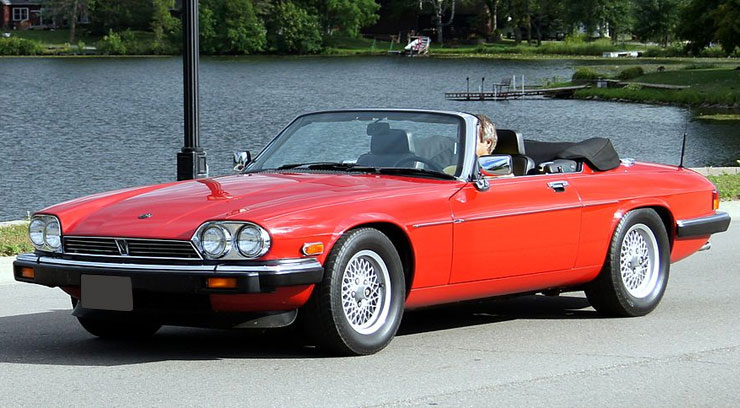
Plymouth Prowler
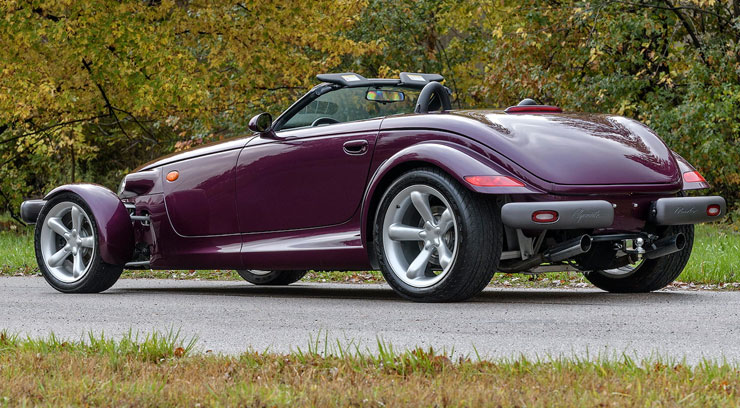
Maserati Merak
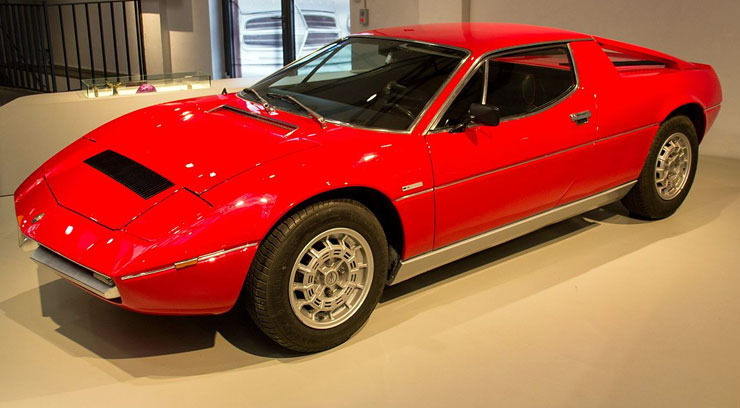
Ferrari 208
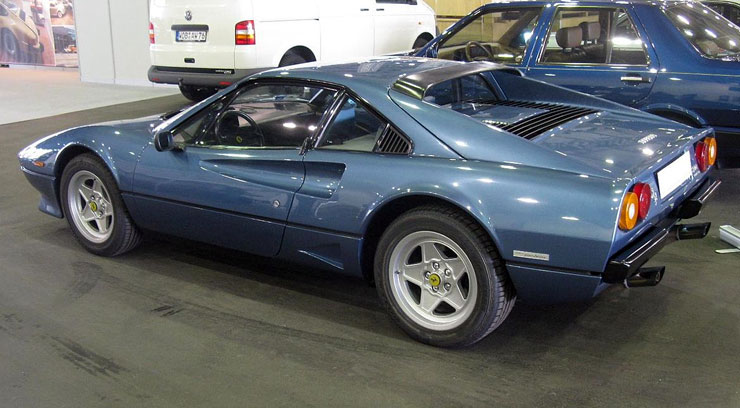
Saleen S7
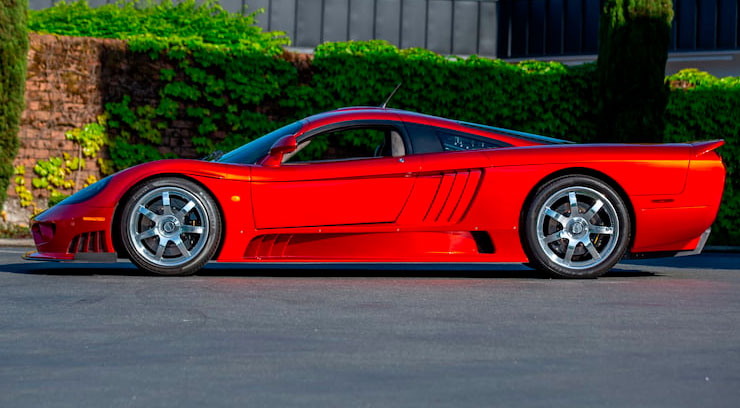
Chevrolet Camaro Sport Coupe
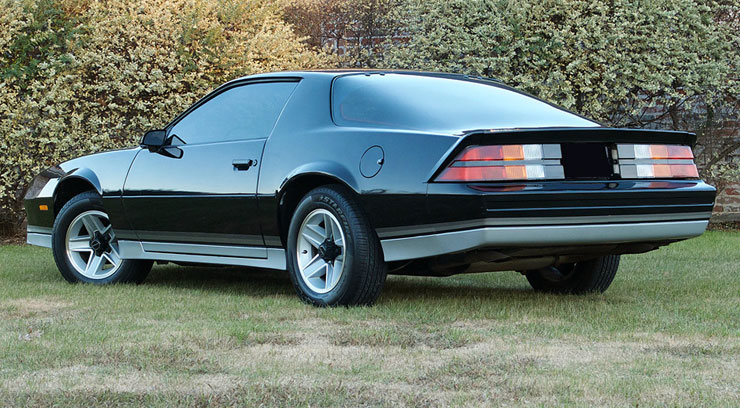
Triumph TR7
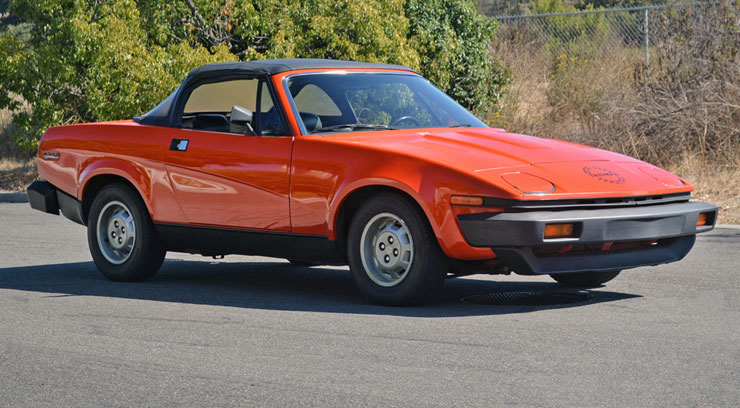
Automakers have constantly tried finding a balance between looks and performance, while also trying to maintain a market competitive cost. However, history has revealed the odd one out there in multiple occasions. Sometimes the car was well performing but not so pleasant on the eyes, or a beauty to see yet a sloth to drive. Let’s have a look at 15 sexy crap cars. We will delve in the realm of some of good-looking products of the automotive industry which have otherwise failed miserably in aspects such as performance or reliability. The Marcos 1800, later known as Marcos GT gives the proper 60s racecar vibes. You’ve got the classic enlarged headlights, elongated body, slim front lip. It sits low and lets the air flow over its curvy lines. So, what’s the problem? Well, the very chassis that was praised above for its looks. For the first 8 years of its lifespan, the Marcos 1800 came with a plywood chassis. One could imagine that the torsional stiffness around bends and under acceleration was questionable at best. Due to the plywood chassis, seats had to be bolted into the bulkhead and the only way to adjust for driver height was via a hidden wheel that moved the pedal box fore and aft. The driving position wasn’t great either - you were pretty much horizontally seated. Great looks, yet a truly terrible design.
One would expect to get quite the Italian job when Maserati takes on another car for a makeover. However, it seems things did not go well with the Chrysler TC. The idea of a convertible Chrysler with Italian blood does please the heart. Sadly, the 160-hp inline four and the three-speed automatic did not live up to the expectations generated by the absurdly high asking price.
We all know the DeLorean. An unlikely star in the Back to the Future franchise, the DMC-12 grew a cult around it. Everybody wants it. Yet it’s less known that the company almost went bankrupt two years before the movie was released. Also, the DMC-12 was released 5 years after its initial presentation, featuring a lazy V6 that was capable of just 130hp out of the advertised 200. The stainless-steel body did not help with the weight and the last-minute changes upon the Lotus tuned chassis resulted in horrendous handling. Good thing it only had to drive in a straight line for the movie.
Ford managed to tick most boxes when it came to the design of Capri. It looked like a proper star regardless of the angle you would look at it from. This beauty did not have however a soul to match its looks. The 2.8-liter V6 was highly unsteady as it was. To make things worse, the Capri was fitted with the units built in Essex and Cologne. These might have been the first V6 units produced in mass, but were nowhere near the most effective.
It’s tough to badmouth the XJS. It is by all means and purposes, a gorgeous car. Posters of the luxury grand tourer made it to the British car magazines a few years in a row. You would sweep through pages, stop in awe at the sight of the XJS, then you’d remember the British Leyland V12 sitting under the hood. Sadly, it was a ticking time bomb, with so many things that could go wrong on that engine and assault your bank account.
Plymouth Prowler was probably the only commercially available hotrod at the time. Featuring a wide moustache which doubled as support for signals and a sharp nose, the Prowler was just weird. There was enough power to the wheels from the 3.5-liter V6, yet the whole car just didn’t feel right. It was like you had to entertain that weird uncle at Thanksgiving dinner.
The Merak was doomed to failure from the start. It provides the kind of love you know you will have to sacrifice a lot for. Since it switched ownership quite a few times, Maserati had to heavily compromise on build quality, control and generally raiding the parts bin. If there is a well running Merak out there, it definitely isn’t stock anymore.
Is there a bad looking Ferrari? Unlikely. The 208 drew looks from the better-known Ferrari 308, and became a pleasure to see on the road. However, unlike its more successful sibling, Italian engineers decided to equip the 208 with an underpowered 2-liter engine. Yes, the Italian tax laws gave incentives for cars with 2-liter engines and below, but it caused the 208 to not become a soulful sportscar or live up to the prowess of its marque. It barely pushed 155bhp and though the price was lower than the 252bhp Ferrari 308, it wasn’t low enough to compensate the substantial lack of power.
Reading the heading you might be wondering “Really? The Saleen?”. The S7 was a handmade, overpowered jewel. The 7-liter Windsor V8 boasted 550bhp and could go from 0 to 60 in an astonishing 2.8-seconds. That insane amount of power was delivered via a 6-speed manual gearbox and it all came together for roughly $585K. Even so, it’s likely not even the fine print mentioned the frequent overheating issues, leaky piping and the faulty immobilizer. The S7 was easy on the eyes and an absolute beast when everything worked properly, though it rarely happened.
No one should disrespect the Camaro. It is however clear that not a lot of effort was put into the base trim of the 1981 3rd generation Camaro. On the outside, it smelled raw, aggressive and ready to rip the asphalt. Deep inside however, a 2.5-liter 4-cylinder pushrod engine couldn’t live up to the hype. Giving out just 90bhp from a 2.5-liter displacement was laughable. Fortunately, GM took little time to realize their mistake and quickly dropped the pushrod. Since then, the 5-liter V8 came the heart that Camaro deserved.
Unlike what the name suggests, the TR7 wasn’t very triumphant. As it came to life in mid 70s, the TR7 came out of the hands of the Specialist Division of British Leyland. While maybe good intentions sat at the base of the design, everyone saw the rather beautiful silhouette as just a shallow attempt to revive the Triumph sportscars. Striking on the eyes, the TR7 only had a 4-cylinder engine which by some accounts was so undercooled that it started boiling at top speed during road testing.


















